- myFICO® Forums
- FICO Scoring and Other Credit Topics
- Understanding FICO® Scoring
- Re: What should I expect!
- Subscribe to RSS Feed
- Mark Topic as New
- Mark Topic as Read
- Float this Topic for Current User
- Bookmark
- Subscribe
- Mute
- Printer Friendly Page
What should I expect!
Is your credit card giving you the perks you want?
Browse credit cards from a variety of issuers to see if there's a better card for you.
- Mark as New
- Bookmark
- Subscribe
- Mute
- Subscribe to RSS Feed
- Permalink
- Report Inappropriate Content
What should I expect!
Indigo- limit $300 balance $295
Indigo- limit $300 balance $298
First premiere- limit $500 balance $480
Capital one- limit $500 balance $494
Capital one- limit $300 balance $298
Credit one- limit $300 balance $265
Fingerhut - limit $750 balance $60
Gettington- limit 400 balance $0
By the middle of November the top 4 cards will be paid off. How big of a jump can I expect to see in my credit score if any at all. Is that a good order to pay them off or would a different method be better.
- Mark as New
- Bookmark
- Subscribe
- Mute
- Subscribe to RSS Feed
- Permalink
- Report Inappropriate Content
Re: What should I expect!
10-15 points for aggregate crossing a threshold.
+- 5 points points for individual crossing a threshold.
Quick eyeball math, if AZEO optimized, aggregate utilization estimated 30-45 points +-20 points for individual utilization.
- Mark as New
- Bookmark
- Subscribe
- Mute
- Subscribe to RSS Feed
- Permalink
- Report Inappropriate Content
Re: What should I expect!
One thing regarding the thresholds is interest. When you pay one below a threshold, say below 88.9%, try to take it to 86-87%. That should be enough that when interest is added and the next statement cuts, it won’t push you back over the 88.9% mark and negate the gains you stand to make. And the Credit One card - some of them bill a monthly fee too, so be sure to account for that when crossing a threshold (as in, pay to 87% plus an extra $8.25 or whatever the monthly fee is) so that you get below the threshold and stay there.
- Mark as New
- Bookmark
- Subscribe
- Mute
- Subscribe to RSS Feed
- Permalink
- Report Inappropriate Content
Re: What should I expect!
@Anonymous wrote:
So me and my wife recently sat down and went over all of our credit card debt. We have agreed that any extra money we have we will start applying to our debt. Here is a rundown of my current credit card debt.
Indigo- limit $300 balance $295
Indigo- limit $300 balance $298
First premiere- limit $500 balance $480
Capital one- limit $500 balance $494
Capital one- limit $300 balance $298
Credit one- limit $300 balance $265
Fingerhut - limit $750 balance $60
Gettington- limit 400 balance $0
By the middle of November the top 4 cards will be paid off. How big of a jump can I expect to see in my credit score if any at all. Is that a good order to pay them off or would a different method be better.
My recommendation would be to use the snowball method.
1. Stop using cards.
2. Pay off smallest balance first, then next smallest, and so on.
3. On other cards pay minimum + something each month.
As each balance turns to zero, that will free up your remaining monthly cash to apply to the next smallest balance.

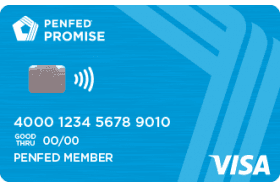

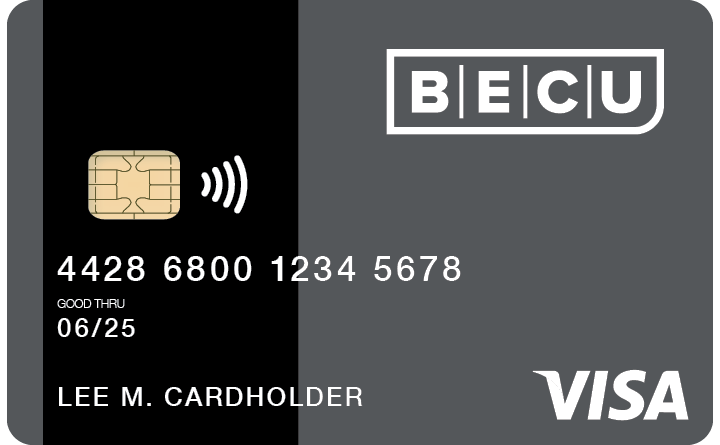

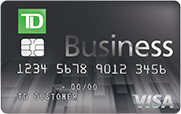
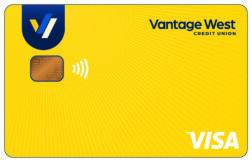
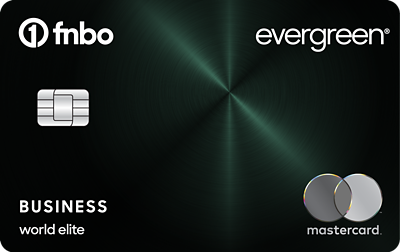
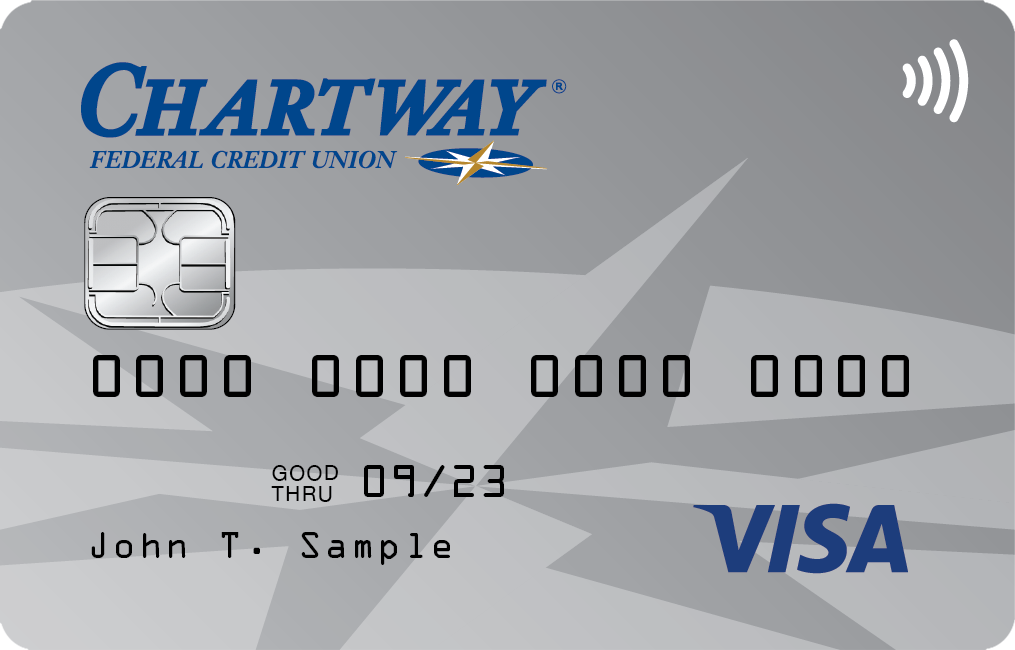


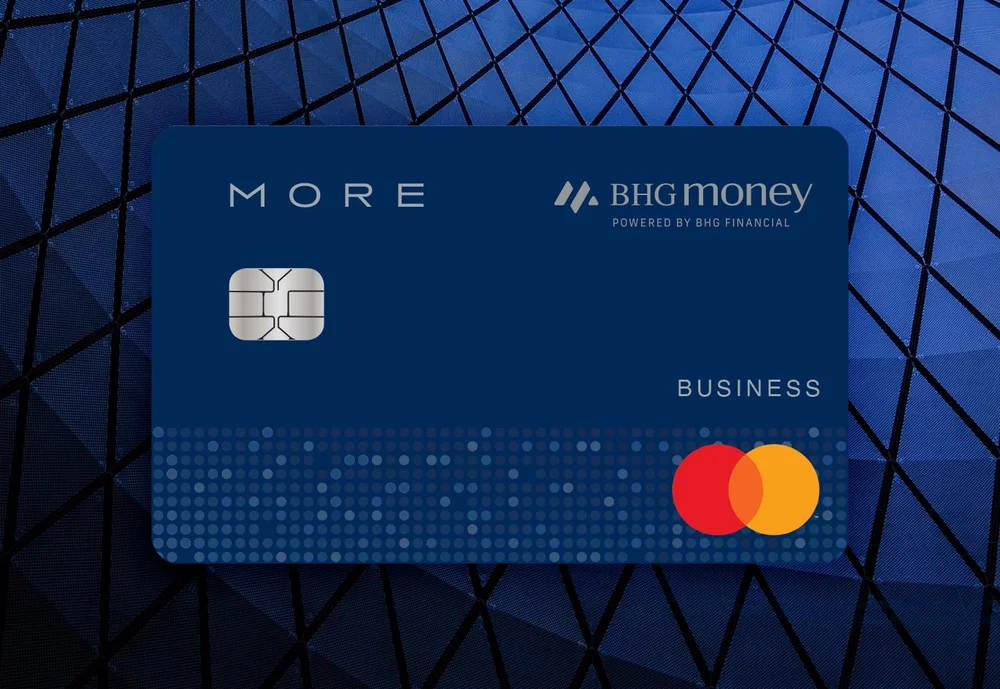
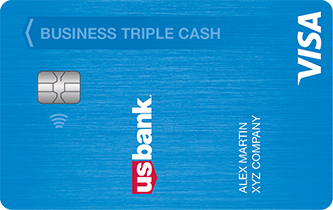

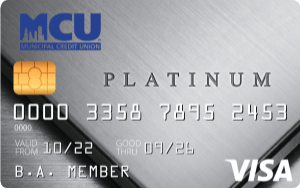
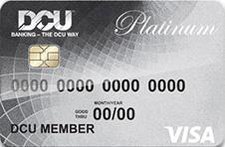
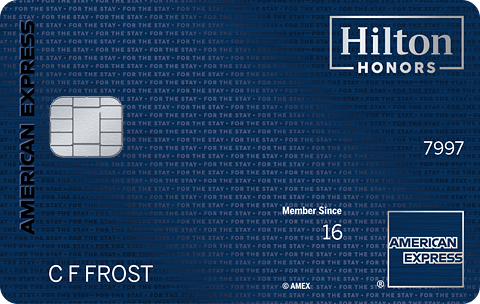
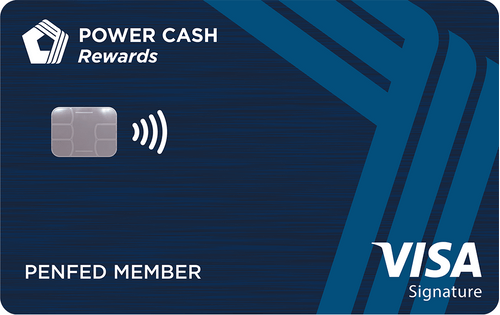
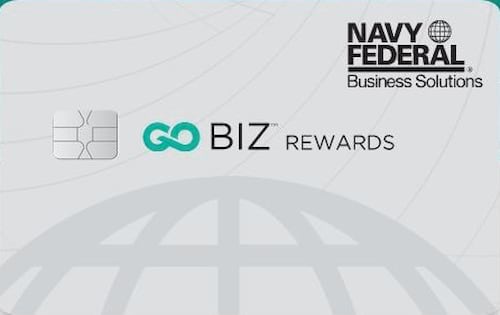
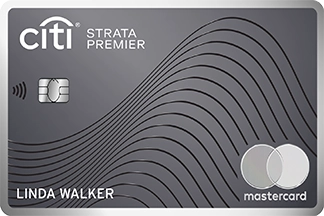
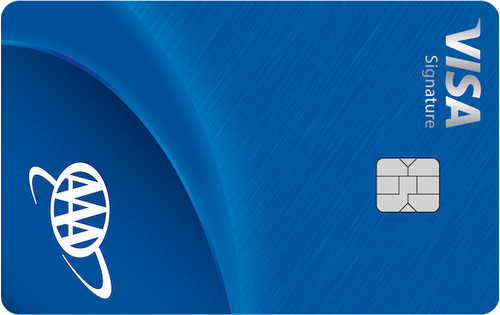
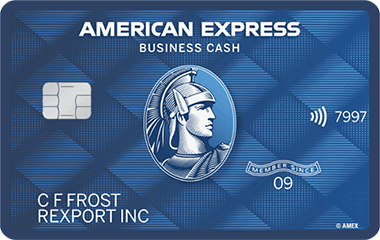
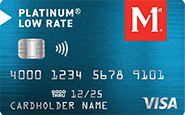
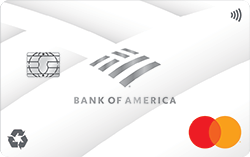


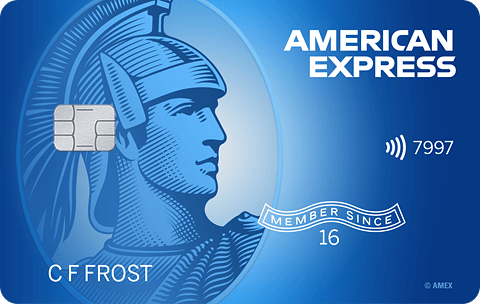
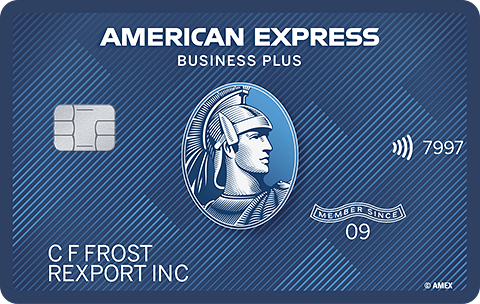



Total revolving limits 568220 (504020 reporting) FICO 8: EQ 689 TU 691 EX 682
- Mark as New
- Bookmark
- Subscribe
- Mute
- Subscribe to RSS Feed
- Permalink
- Report Inappropriate Content
Re: What should I expect!
The great news here is that even though your overall utilization is very high, your limits are very low and thus your overall debt very low, so it's [relatively] easy to make an impact from a utilization paydown.
- Mark as New
- Bookmark
- Subscribe
- Mute
- Subscribe to RSS Feed
- Permalink
- Report Inappropriate Content
Re: What should I expect!
Agreed.
OP, I would suggest that once you get this debt paid off, that you remmeber this scenario for when you eventually get higher limit cards.
Because it's tougher to pay down CC's with higher limits APR than it is in your current situation. $2K is much easier to pay off than say $50K, so learning your lesson now can be helpful for the future.
As a reminder try not to have more than 18% utilization if carrying a balance is unavoidable. And never carry more that 28%. I realize this can be difficult on low CL cards w/o multiple payments before closing, but the payoff will be worth it in terms of your score. This will enable you to get more favorable limits and cards going forward. If that's your goal, and by seeing that your current lineup are "builder" cards.
- Mark as New
- Bookmark
- Subscribe
- Mute
- Subscribe to RSS Feed
- Permalink
- Report Inappropriate Content
Re: What should I expect!
@Anonymous wrote:
As a reminder try not to have more than 18% utilization if carrying a balance is unavoidable.
Why specifically the 18% or less recommendation?
- Mark as New
- Bookmark
- Subscribe
- Mute
- Subscribe to RSS Feed
- Permalink
- Report Inappropriate Content
Re: What should I expect!
Because I feel it looks better than 30%, which is very close to what lenders don't like to see. The score boost from 28% to 18 % is also fairly good depending on other aspects of your CR.
18% is nice buffer zone for those who need/want to carry balances, but cannot stay under 9% Or who do not PIF.
- Mark as New
- Bookmark
- Subscribe
- Mute
- Subscribe to RSS Feed
- Permalink
- Report Inappropriate Content
Re: What should I expect!
@Anonymous wrote:Because I feel it looks better than 30%, which is very close to what lenders don't like to see. The score boost from 28% to 18 % is also fairly good depending on other aspects of your CR.
I respectfully disagree, as most people will see no score boost in the range of 18% to 28%. AZ back in Post 2 of this thread lists all of the known thresholds and 18% and 28% (with everything in between) fall within the same one. We would then expect zero score gain for movement within that range under the majority of circumstances.
Anything lower "looks" better than something higher. Whether or not it matters is what should be considered. It's also not true that lenders don't "like" to see 30%. What matters more than [reported] utilization percentage is payment pattern/history. One can report 50% utilization month after month for example because they don't micromange their reported balances, use their cards heavily, but always PIF. Even though this person has 50% utilization reported month after month, lenders "like" to see strict Transactor behavior and thus this person wouldn't be viewed as an elevated risk. Conversely, someone could be riding 25%-30% utilization month after month and be only making minimum payments, making them a Revolver, someone that's significantly higher risk relative to a transactor. Even though this person has half the reported utilization, they are far more risky.
Reported utilization is only a piece of the equation and means less in terms of risk than spend/payment pattern.
- Mark as New
- Bookmark
- Subscribe
- Mute
- Subscribe to RSS Feed
- Permalink
- Report Inappropriate Content
Re: What should I expect!
It may be nominal, but I've seen it in my scores. While nothing else has changed. I believe it was about 5-10 points, though it also brought overal util down. However, no threshold was crossed there. So in my case it seemed the reason.
And yes I understand all that you said. So I probably should have elaborated more on other factors such as not carrying it too long while only paying minimums. I don't always remember that not everyone is aware of these factors.
Since I haven't made a minumum payment in years, and are so used to BTs. That paying balances off within 12 months has become my normal. So I often forget there are people who still only pay the minimums.